Scotland has always been bilingual, but never formally.
The national identity is caught somewhere between a renaissance and an existential crisis, and nowhere is that more apparent than on our tongues.
So much of the discourse around Scotland’s languages centres on our native ones – English, Gaelic and Scots.
And there’s no doubt that each has become ever more heavily politicised as debates over Brexit and independence boil on.
To push romantic-sounding Gaelic is seen to be naïve and clinging to an outdated, pastoral vision of Scotland.
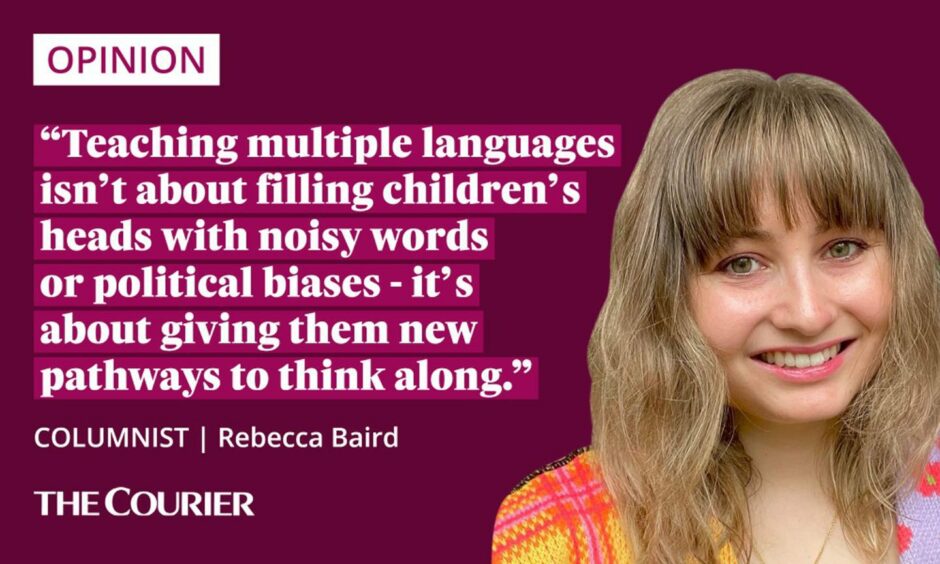
Let’s be honest, when non-speakers see all those vowels on road signs, they’re picturing will o’ the wisps leading unicorns through misty old glens.
Or BBC Alba.
Meanwhile Scots has that whole trendy, mildly cringe but lovably sincere thing going on in its current resurgence among forward-thinking young indy activists.
And mumsy old English is cast in the role of the staid, conservative Karen of Scotland’s tongues.
Reliable, sure, but a bit behind the times.
I’m being glib of course – I think all three languages are gorgeous.
But I do reckon each has enough cultural weight to inflame debates about national identity.
Suddenly it’s not just what you say, but the language you say it in, which tells others where you stand politically.
And using these languages (or any languages) as political virtue signals is doing a disservice to our nation – its identity, and more importantly, its children.
Being bilingual can start with Scotland’s languages
Gaelic medium education hit Courier headlines this week as Perthshire’s Goodlyburn Primary pupils and parents shared their experiences of its entirely immersive Gaelic schooling – and opinions were split on whether it was a good or a bad thing.
Pupils there are taught entirely in Gaelic from P1-P3, with English introduced in P4, meaning the kids grow up bilingual.
And studies showed that not only did they keep up with their English-educated peers across their subjects, they actually outperformed them when it came to English language studies.
This makes total sense – if one of the first things you’re taught at school is how to learn a language, your brain is going to be wired to take in the rules and rhythms of any language, even – especially – the one you’ve grown up speaking at home.
And as someone who didn’t acquire that skill at a young age, and now struggles to learn new languages (the Duolingo owl haunts my nightmares) I’m really envious of those kids.
Not for speaking Gaelic specifically – although that’s pretty cool.
But for being wired up to think in more than one language.
Bilingual thinking is a superpower
It’s well-documented that the language you speak doesn’t just influence the words you think in – it actually shapes the way you think about things and, in turn, how you relate to other people.
For example, in English we have the concept of the colour pink – but many other languages define it as simply ‘light red’. If something as simple as colour can be changed by the words you have at your disposal, imagine how many other perceptions language can affect.
I’ve seen this in action; an old boss of mine was Chinese (so spoke Cantonese with family), but grew up in Germany (so was schooled in German) and then moved to Scotland for work, where she spoke primarily English.
Fascinatingly (to me, anyway) she deployed her different languages for different things – German for doing maths, English for writing lists. She swore it was faster, that they each had different merits that she could pull out and use like a linguistic Swiss army knife.
When I asked her what she dreamed in, she was – for the first time in my experience – speechless. Weeks later, she snuck up behind me and announced: “Cantonese. I dream in Cantonese.”
Likewise, one of my close friends is Greek, but grew up being schooled in both her native tongue and English (as is the norm in so many European nations, which we take for granted).
English, she told me, is better for writing poetry in than Greek. There’s more pretty words. But we don’t have the right words for some of the more complex shades of love.
When I asked her to try and describe those words, she couldn’t. They don’t exist in English, and so the feelings don’t either.
And I have to wonder how many things my generation of Scottish schoolkids will never feel because we simply aren’t wired to learn the words?
Could language be the way back to a European Scotland?
As an English-speaking nation in an English-speaking Western world, we may see it as a privilege that Scotland’s kids can get by in most professional circles without ever learning a second language.
But I don’t think the fact we’re brought up on the default is a privilege at all – I think it’s a hindrance.
One thing that became clear about our national identity during the Brexit referendum is that Scotland considers itself distinctly European.
European schoolkids are learning English from age 6, whereas I was 10 or 11 before even the most rudimentary French was placed in my mouth at school.
It’s time the education system that Scotland prides itself on so much caught up, and aligned with the cultural priorities of its people.
We need to set children up to be multilingual from the beginning of their schooling; whether that’s teaching Gaelic, Scots, Spanish or Mandarin doesn’t really matter to me.
Because teaching multiple languages isn’t about filling children’s heads with noisy words or political biases – it’s about giving them new pathways to think along.
Maybe those paths can lead to a Scottishness we can all identify with.
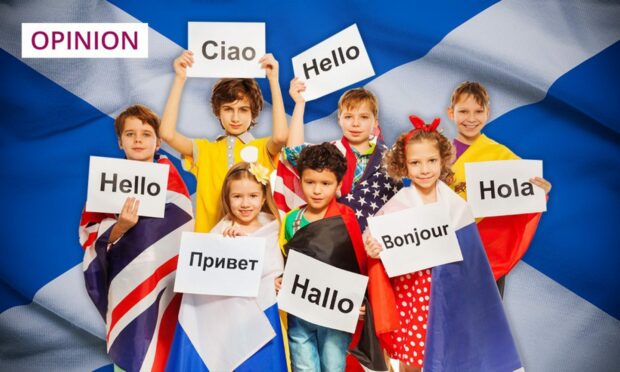
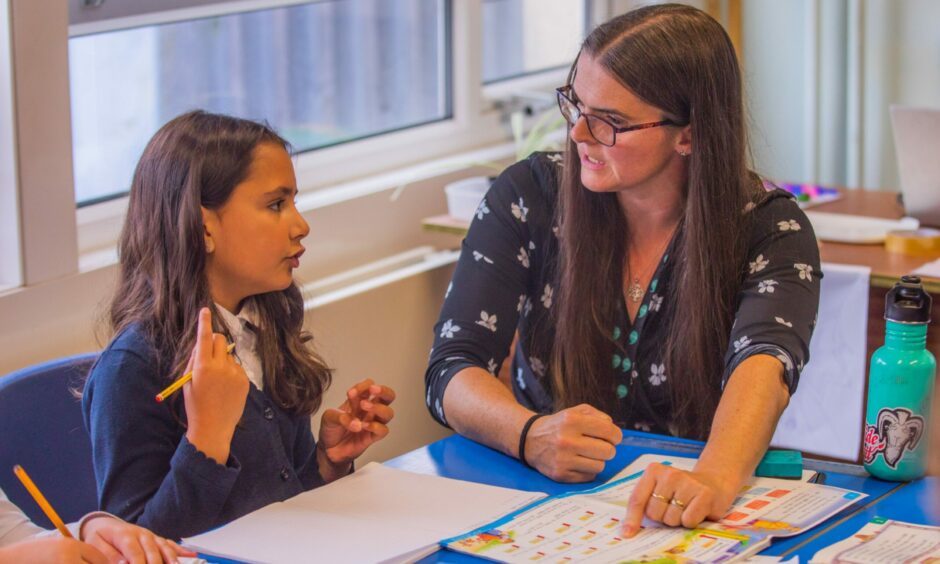
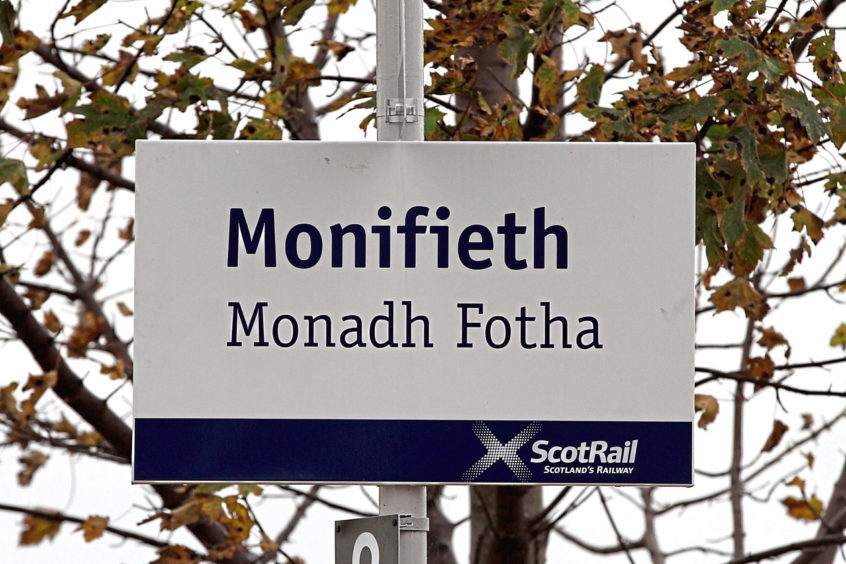
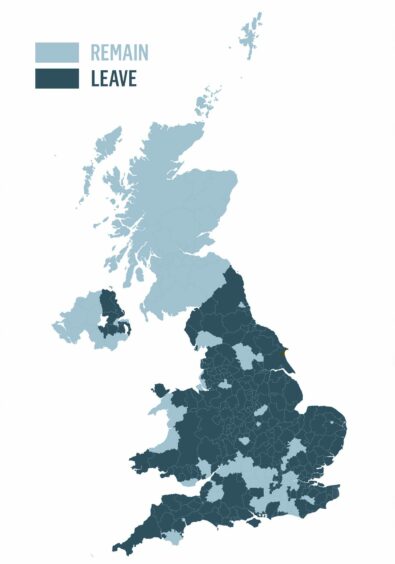








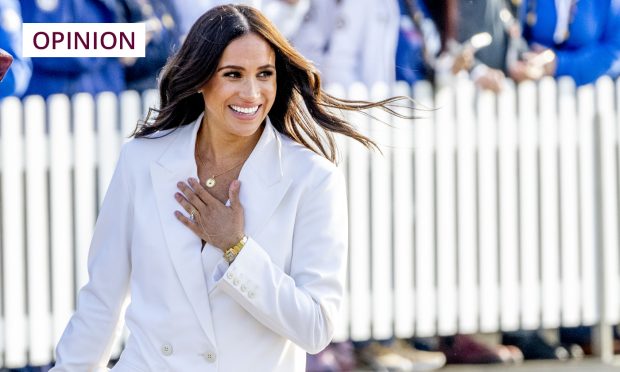
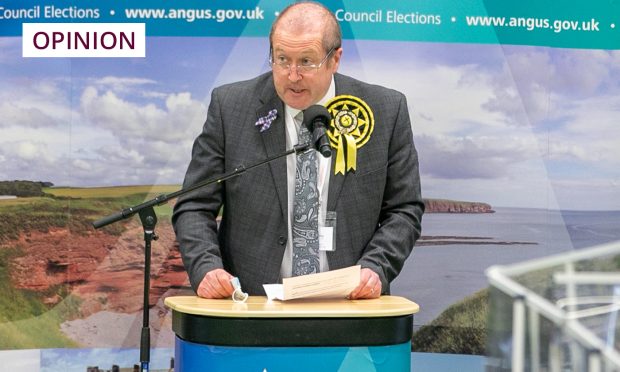
Conversation